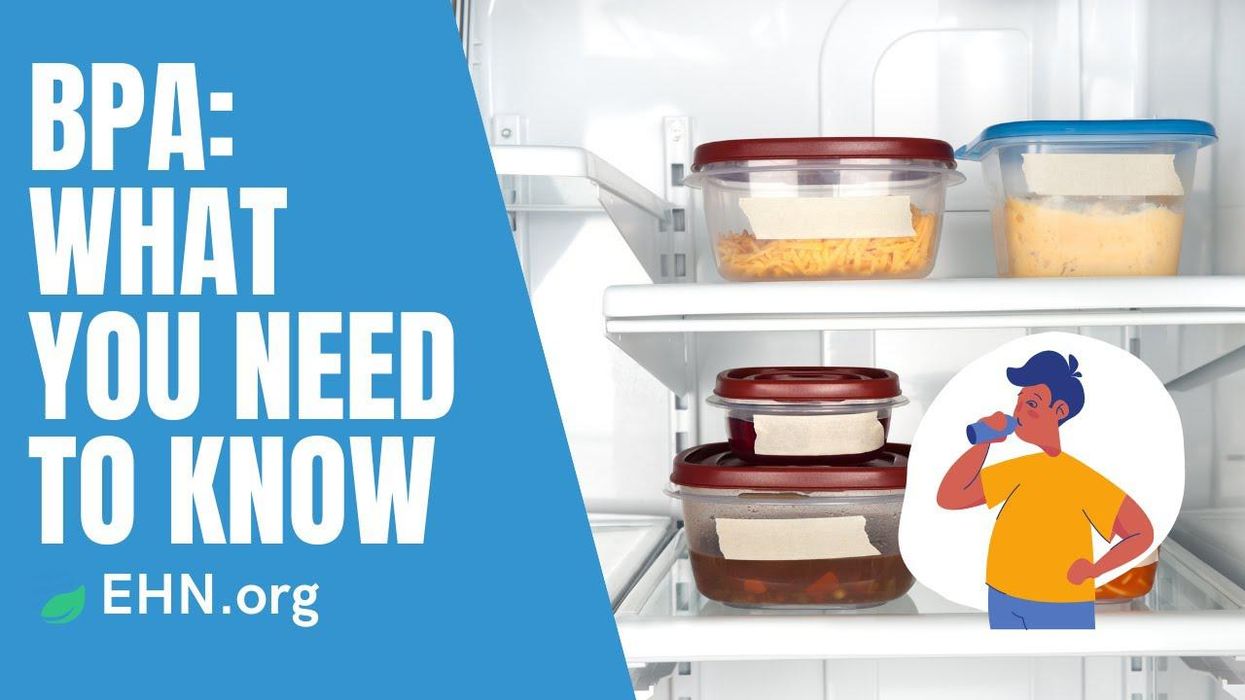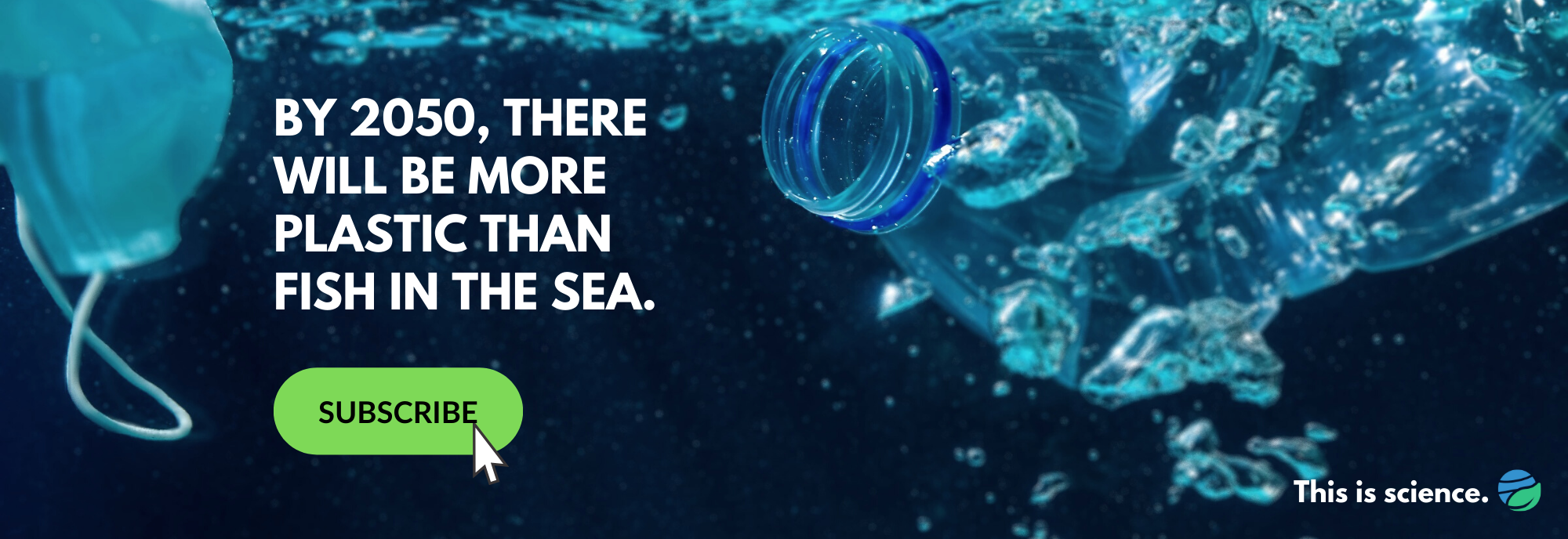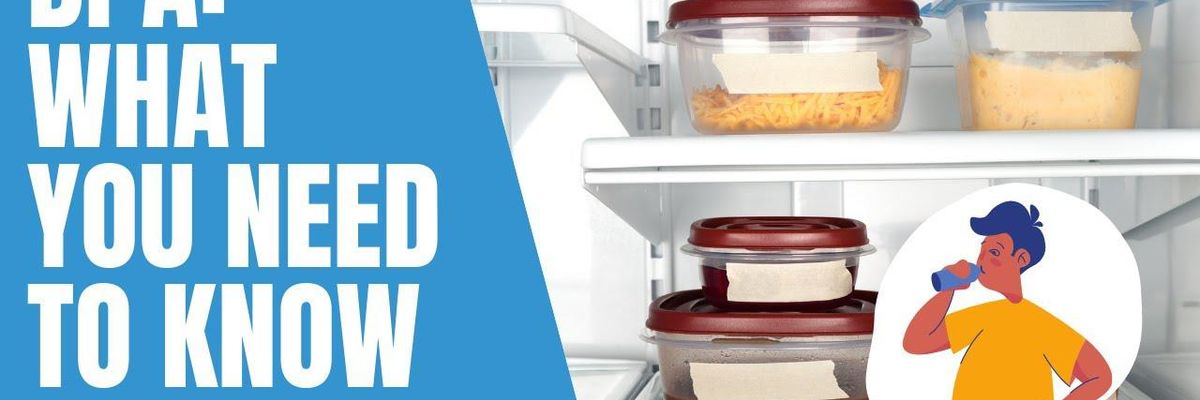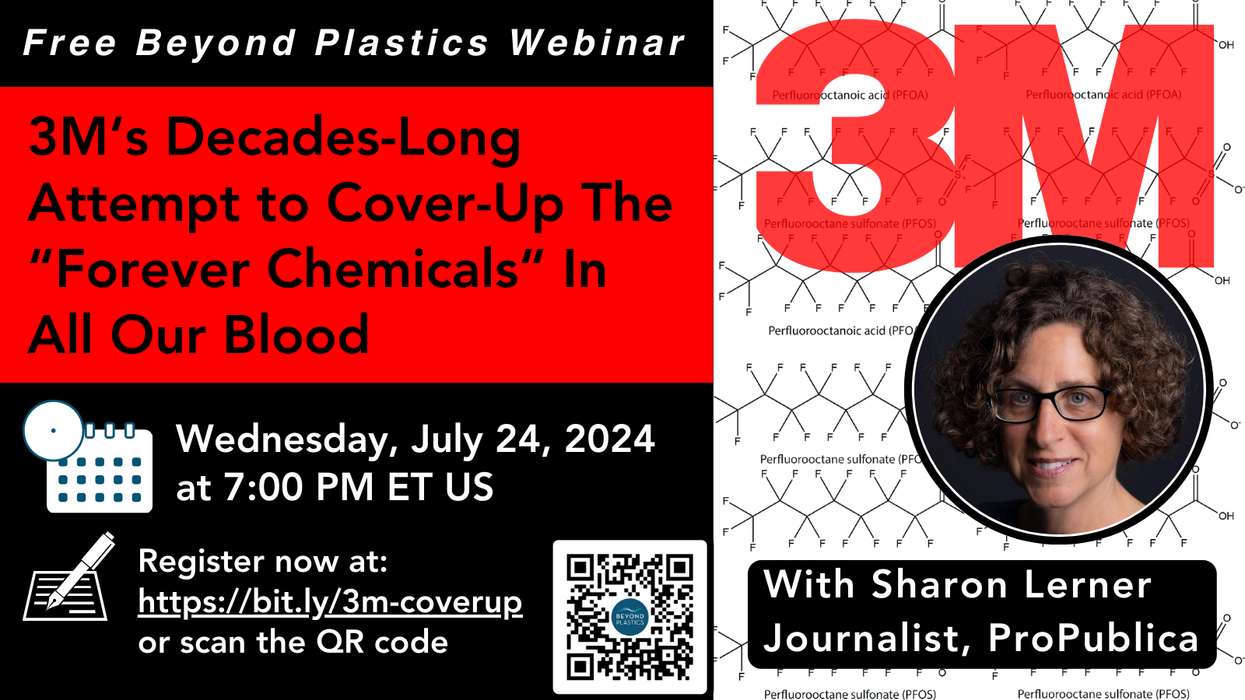BPA - a common chemical in durable plastics - is detrimental to our health and remains in widespread use.
We can all take steps to prevent usage of BPA plastics. Use our easy guide.
Why are people concerned about BPA?

BPA is concerning to many because of the health effects and because human exposure to BPA is so widespread.
BPA is an endocrine (hormone) disruptor. It can imitate the body's natural hormones and interfere with their function. BPA mimics the structure and function of the hormone estrogen. Due to its estrogen-like shape, BPA can bind to estrogen receptors and influence normal bodily processes. These include growth, cell repair, fetal development, and reproduction.
Studies have shown that infants born to mothers exposed to BPA weigh up to half a pound less, on average, than infants born to unexposed mothers. BPA exposure during early life may also influence hormonal development and behavior in children.
BPA exposure has been shown to cause:
- Impaired brain development
- ADHD and anxiety-related disorders
- Childhood weight gain and obesity.
Pregnant women, infants and young children face the greatest risk.
What is Bisphenol-A? Where is it found?

BPA is a chemical that serves as a key ingredient in polycarbonate plastic, making the plastic much more durable and strong.
It was first discovered in 1891 by a Russian chemist but not widely used until the 1950s, when chemists realized it could be mixed with other compounds to produce strong and resilient plastics. In 2015, an estimated four million tons of BPA-derived chemicals were produced, making it one of the highest produced chemicals worldwide.
Today, BPA plastic is commonly made into a variety of popular consumer items such as:
- Reusable water bottles
- Plastic food containers
- Baby bottles
- Sports equipment.
BPA is also used to create epoxy resins, used to line the inside canned food containers to prevent the metal from corroding. And that grittiness you feel when you rub a thermal paper sales receipt between your fingers? That's BPA.
BPA science in the news
Want more in-depth coverage of BPA in our environment? Our journalists make it their business to cover the latest science:
Investigation: How willful blindness keeps BPA on shelves and contaminating our bodies
Federal tests 'dramatically' undercount BPA and other chemical exposures
BPA and babies: Controversial chemical and substitutes pollute the womb
Video: Understanding endocrine disruptors
BPA substitutes linked to obesity in children and teens
In a scientific first, researchers gave people BPA — and saw a link to diabetes
Sign up for our FREE daily newsletter featuring the most consequential news on our environment and health, hand-selected by our editors – Above the Fold.
How does BPA enter the body?

The main source of BPA exposure is diet, particularly packaged and canned foods.
BPA containers can leach the chemical into your food or beverage, seeping into the container's contents before you ingest them. The degree to which BPA seeps into your food may depend more on the temperature of the container than the age - heat can break the containers down over time, allowing the chemical to be more easily released.
How can I protect myself from BPA?

BPA-free alternatives
On a personal level, you can protect yourself and your family in several simple ways.
- Avoid thermal paper receipts
- Turn to glass, porcelain, or stainless steel food storage containers and reduce use of plastic. Choose wax paper over plastic wrap. There is no such thing as microwave- or dishwasher-safe plastic: Repeated studies show heat leaches BPA from plastic.
- Seek out BPA-free cans, or adjust your diet to include more fresh foods.
- Subscribe to one of our newsletters to stay informed on the most up-to-date research and news. Subscribe here.
On a national level, take the time to reach out to government representatives to act for those that cannot and future generations.
Ask these questions...
- Why, if the FDA banned BPA in baby bottles in 2012, does the chemical remain in so many products today?
- Why are we not properly testing BPA and other chemicals that interfere with our hormones?
- Why allow the blood of most Americans to be tainted with chemicals tied to birth defects, obesity, diabetes, and reproductive problems?
... to these people:
- Rep. Frank Pallone, D-N.J. and chair, House Committee on Energy & Commerce, frank.pallone@mail.house.gov
- Sen. Lamar Alexander, R-Tenn. And chair, Senate Committee on Health, Education, Labor & Pensions
- Dr. Brett P. Giroir, acting commissioner, U.S. Food and Drug Administration, CommissionerFDA@fda.hhs.gov
- Your representative in Congress
Want to learn more about BPA?

EHN.org's year-long investigation into federal regulation of bisphenol-A exposure found a willful blindness to contemporary science.
This ignored science shows grave concern for our health and reproductive systems at exposures we likely all face.
It's time now to take steps to change this.
Read the full investigation here: www.ehn.org/exposed
Check out our continuing coverage of BPA news here: https://www.ehn.org/bpa/
Sign up for our FREE daily newsletter featuring the most consequential news on our environment and health, hand-selected by our editors – Above the Fold.
- Exposed: A scientific stalemate leaves our hormones and health at risk ›
- Federal tests 'dramatically' undercount BPA and other chemical ... ›
- Chemicals in everyday products are spurring obesity - EHN ›
- Chemicals in everyday products are spurring obesity - EHN ›
- THANK YOU for subscribing to Above the Fold! - EHN ›
- The medical community is missing a major piece of the obesity puzzle - EHN ›
- Doctors advocate for treating obesity as an environmental problem - EHN ›
- Europe’s revolutionary BPA proposal puts more scrutiny on US regulatory inaction - EHN ›
- What are endocrine-disrupting chemicals? - EHN ›
- BPA exposure likely exceeds health limits - EHN ›
- Get BPA out of food packaging, US health professionals tell feds - EHN ›
- BPA exposure causes early onset puberty in rats - EHN ›
- Prenatal exposure to toxics risks delay of child’s brain development - EHN ›
- BPA use in doubt as Europe seeks protective health limits - EHN ›



















